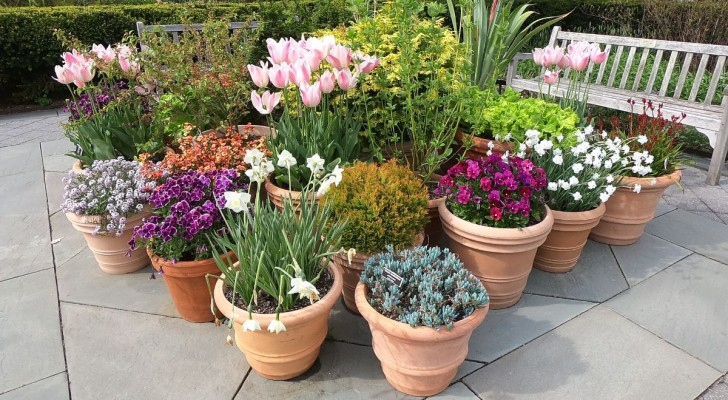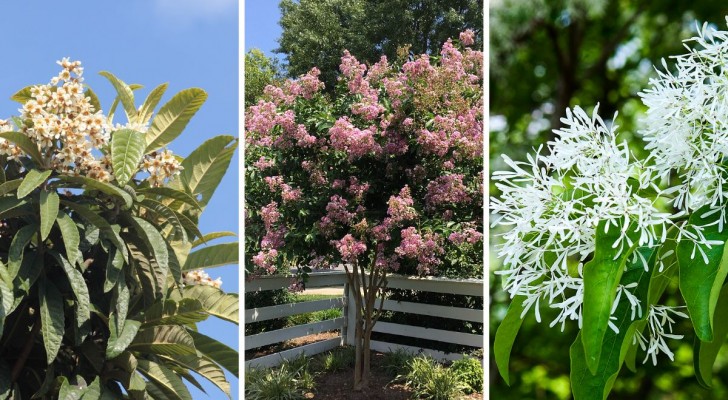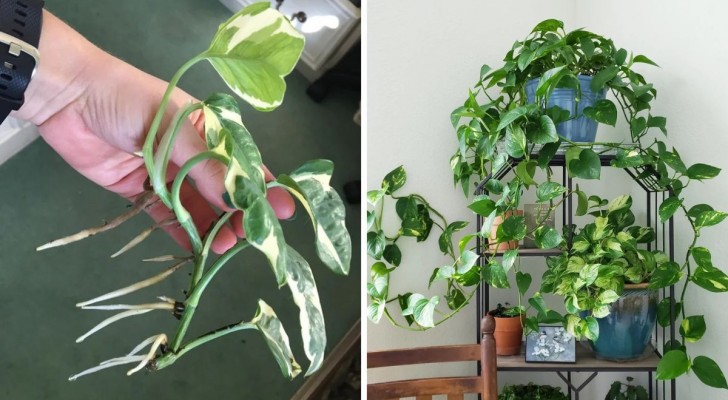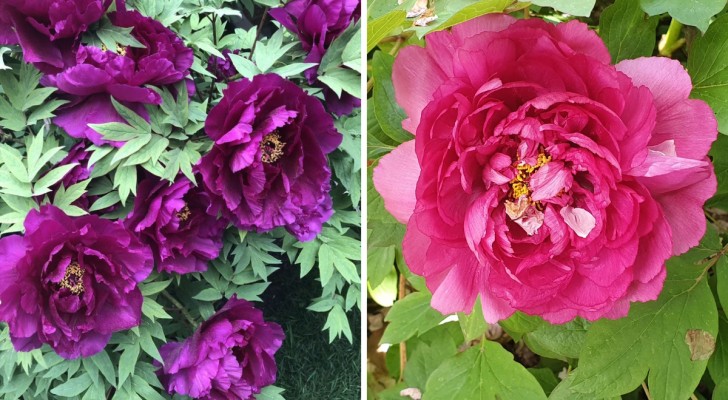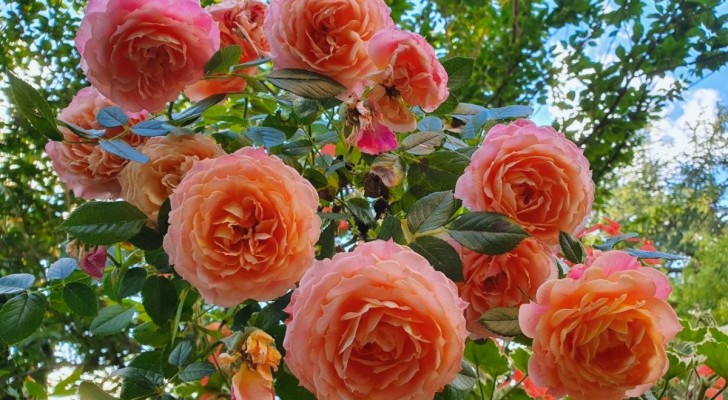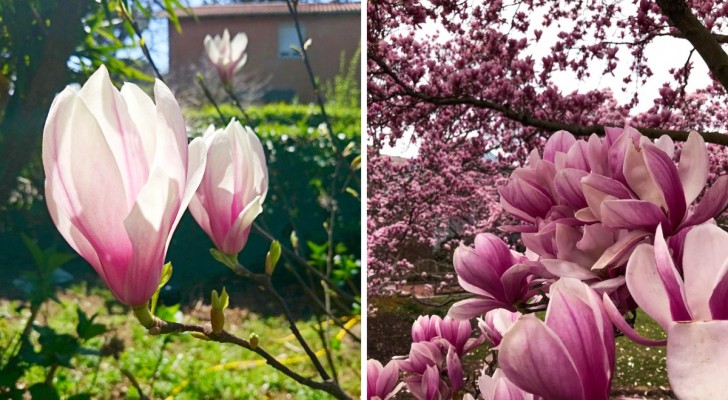A cloud of blue and lilac flowers: discover the ageratum, perfect for flower beds and planters!
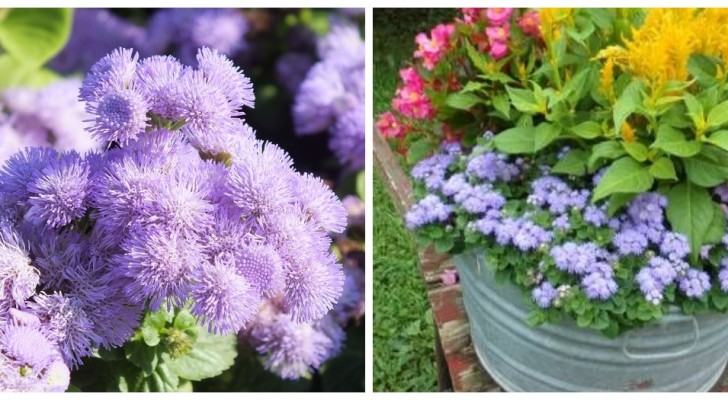
Every year, from the end of winter onwards we find shops, supermarkets and florists that are filled with blooming plants - one more beautiful than the next, and often they are annual plants that we put in pots, planters and flower beds to provide a splash of color as long as the warm season lasts, and then the following year, we invent another, perhaps different, set-up.
Among the annuals to consider for a slightly more original rendering of your green spaces is the ageratum (aka whiteweed): the name actually describes a genus of many different species, some of which are perennial. Generally, however, these are plants originating from Mexico which, therefore, in climates that are not as temperate, are grown as annuals. It is a plant that has a great aesthetic impact and less common than many other more popular plants, but it can be found quite easily. Ageratum has beautiful, unusual, "foamy" flowers but, despite this, it is much less frequently found growing in people's flower beds and planters.
Find out more about this plant by reading further:
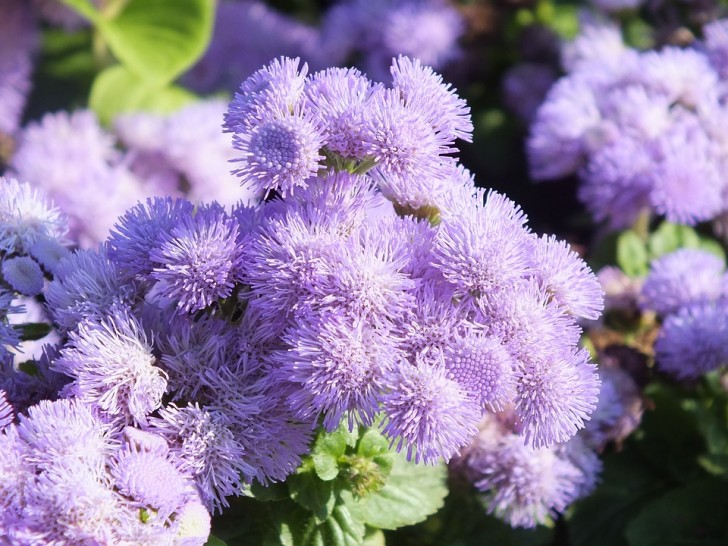
- Climate and exposure: these are plants that love heat, so you must ensure that they get at least 4 hours of direct sunlight every day, otherwise they will not bloom abundantly, and thus their overall beauty will be lost.
- Soil: they love very soft and nutrient-rich earth (with a lot of humus). It must also drain well, so use a good universal soil to which you will need to add sand or vermiculite so that the roots can develop freely. You can also add some manure, but without overdoing it.
- Irrigation: don't forget to water these plants. They need to be watered generously and consistently. In fact, they will generally need to be watered as soon as the soil dries out, so once a week in spring and more often in summer.
- Fertilizer: for the flowering period, give them a standard fertilizer for flowering plants every two or three weeks, just before watering.
The ageratum usually reaches 35-40 cm in height, especially the non-annual species, but there are also dwarf versions that remain more compact. These smaller ones are perfect for the borders of average sized flower beds, as well for indoor pots and planters.
But even taller ones can make a great impression alongside other flowers that match in color.
Have you ever grown ageratum at home?
